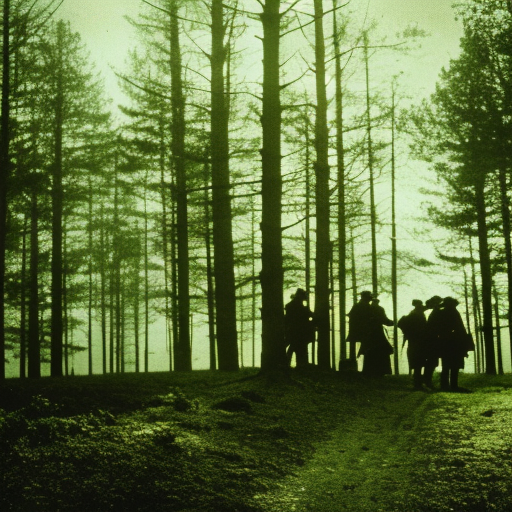Battle of Mühlberg: Charles V’s Victory over the Schmalkaldic League
The Battle of Mühlberg took place on April 24, 1547, near the town of Mühlberg in Germany. It was a decisive battle in the Schmalkaldic War, a conflict between the forces of Emperor Charles V and the Schmalkaldic League, a Protestant alliance led by Elector John Frederick I of Saxony and Landgrave Philip I of Hesse.
Background:
The Schmalkaldic League was formed in 1531 as a defensive alliance of Protestant princes and cities in Germany. It aimed to protect the rights and interests of the Protestant states against the growing influence of the Holy Roman Empire, which was under the control of the Catholic Habsburg dynasty. The league gained significant support and posed a threat to the authority of Emperor Charles V.
Causes of the War:
Tensions between the Catholic and Protestant factions had been escalating for years. The Protestant Reformation, initiated by Martin Luther in 1517, had led to the spread of Protestantism throughout Germany. Charles V, a devout Catholic, sought to suppress Protestantism and maintain Catholic dominance in the empire. The Schmalkaldic League, on the other hand, aimed to protect Protestant rights and ensure religious freedom.
The Battle:
In 1546, Charles V launched a military campaign against the Schmalkaldic League, seeking to assert his authority and crush the Protestant rebellion. The Battle of Mühlberg was a crucial engagement in this campaign. Charles V, with a well-trained and disciplined army, faced the forces of the Schmalkaldic League, which were numerically superior but lacked cohesion and experience.
Charles V devised a strategy to exploit the weaknesses of the Schmalkaldic forces. He ordered his troops to feign retreat, luring the enemy into pursuing them. As the Protestant forces pursued, they became disorganized and vulnerable. Charles V then launched a counterattack, catching the Schmalkaldic troops off guard and inflicting heavy casualties.
The battle ended in a decisive victory for Charles V. The Protestant leaders, John Frederick I of Saxony and Philip I of Hesse, were captured, marking a significant blow to the Schmalkaldic League. Charles V’s victory at Mühlberg solidified his control over the empire and dealt a severe blow to the Protestant cause.
Consequences:
The Battle of Mühlberg had far-reaching consequences for the Protestant Reformation and the balance of power in Europe. With the defeat of the Schmalkaldic League, Charles V was able to reestablish Catholic dominance in Germany. He imposed the Augsburg Interim, a temporary settlement that aimed to restore Catholic practices and authority in Protestant territories.
The battle also had political ramifications. The capture of John Frederick I of Saxony and Philip I of Hesse allowed Charles V to assert his authority over the Protestant states and impose harsh terms on the defeated leaders. John Frederick was stripped of his title and lands, while Philip I was imprisoned for several years.
The defeat at Mühlberg weakened the Protestant cause and led to a decline in the influence of the Schmalkaldic League. However, it did not extinguish the Protestant movement. The battle served as a rallying cry for Protestant resistance, and the conflict continued until a peace treaty was signed in 1555, granting limited religious freedom to Protestants in the empire.
In conclusion, the Battle of Mühlberg was a decisive victory for Emperor Charles V over the Schmalkaldic League. It marked a turning point in the Schmalkaldic War and had significant consequences for the Protestant Reformation and the balance of power in Europe. Charles V’s victory solidified his control over the empire and dealt a severe blow to the Protestant cause, although it did not extinguish the movement.












